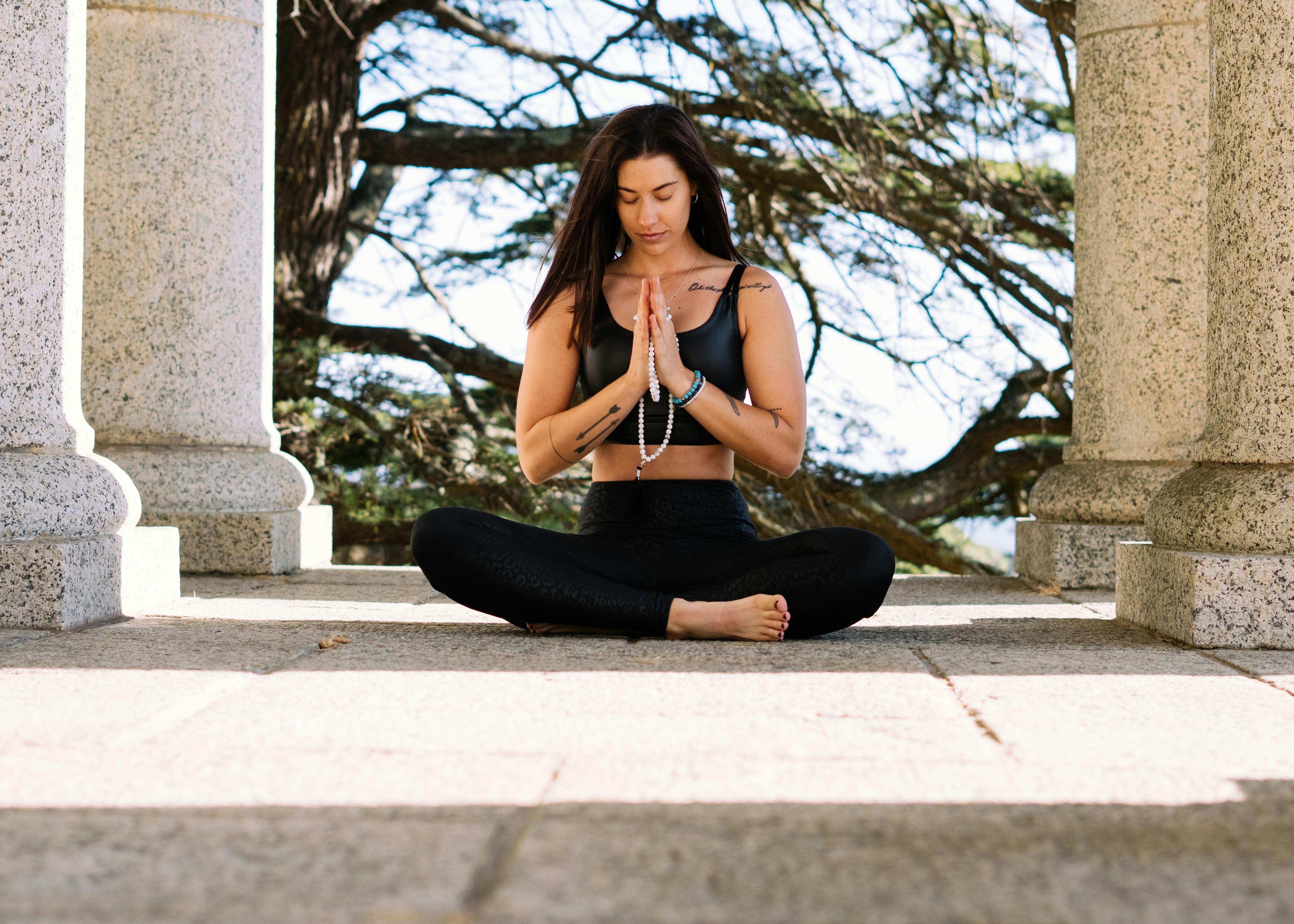
How to Monitor and Cue the Pilates Hundreds
In Pilates, the hundreds are a great way to start a session. Whether on the mat or on the reformer, most practitioners use it to get the blood flowing and break a light sweat. However, there are a few things to watch out for when doing Pilates, and this exercise is no exception. Specific directions can help a student visualize what her body is supposed to do. Pointing is truly an art form as the correct signal will engage the correct muscle groups. Like other exercises, some modifications can be implemented to prevent injury or pain from interrupting your workout. On the contrary, variations are a good way to keep the movements fresh and stimulating. The body will quickly adapt to any exercise and the variations will ensure that the muscles continue to grow.
To anyone looking at the hundreds it seems like a very simple exercise. The body does not move while the arms go up and down at a rapid pace. However, the inner workings of the movement are much more complex. A trained instructor will detect neck tension in someone who tends to be stiff. This habit is one of the most frequent in the study. People with tight scalenes and those who tilt their heads forward often have a very difficult time keeping their necks out of abdominal exercises. Another common body part to monitor is the transverse abdominis (TA). If this muscle is held tight throughout the movement, the ribs will not widen. This is essential for optimal core work.
Cues are especially useful in a group class setting, as there are too many people to approach for each exercise. They can also be implemented in private sessions. One of my favorite cues is to tell people to “smile through your tummy.” This simple silly cue is a reminder to contract your abs and feel the enveloping effect. Another one I like to use, especially with someone with tight pectoral muscles, is to tell them to keep their chest open. Tight chest muscles happen to office workers who sit at desks or behind the wheel of their car for a long time. The deep layers of the back muscles are stretched and weakened, while the chest is tense. The result is someone who suffers from a forward roll of the shoulders. Very severe rolling of the shoulders may have a kyphotic appearance. My favorite cue is to tell my client to imagine pressing a ball into the ground as he moves his arm. This seems to work wonders for abdominal engagement.


